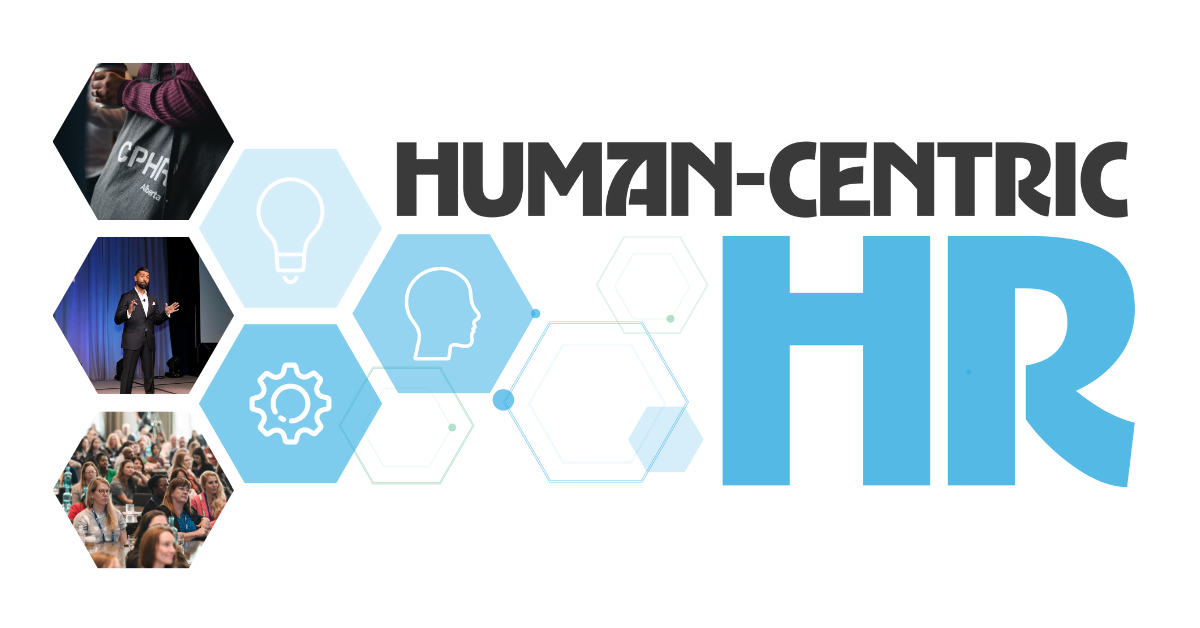
Alberta's Mental Health Challenge: How HR Professionals Can Drive Change
Alberta businesses are facing a significant mental health challenge that requires immediate attention.
With high stress levels reported by many workers, approximately 20% of the Canadian workforce experiences some form of mental illness annually (Canadian Mental Health Association 1). According to the Mental Health Commission of Canada, mental illness accounts for 70% of disability costs in the workplace, with one-third of short and long-term disability claims related to mental health issues (Canadian Mental Health Association 1). HR professionals have both a responsibility and an opportunity to drive meaningful change.
The Workplace Mental Health Landscape
Mental health concerns affect every workplace in Alberta and across Canada. One in five Canadians experiences mental illness each year, and one in three will experience it in their lifetime, impacting organizational performance at multiple levels (Statistics Canada 3). Common work-related stressors include:
- Job Demands and Control: Employees in demanding jobs with little control over their work.
- Distributive Injustice: Perceptions of fairness in the workplace.
- Work-Life Balance: Difficulty meeting responsibilities due to work demands.
- Interpersonal Relationships: Lack of social support and negative interactions.
- Role Ambiguity and Conflict: Insufficient information for task performance and conflicting demands.
- Stigma: Negative attitudes about mental health in the workplace (Canadian Psychological Association 1).
Do these factors raise important questions about the prevalence of mental health issues within your organization? Are there employees that are suffering silently?
Business Implications
Stress-related absenteeism and presenteeism (working while mentally unwell) have substantial costs, affecting both individual well-being and company performance. Without intervention, these challenges will continue to impact workplaces.
Identifying and Addressing Burnout
Workplace burnout, characterized by moodiness, apathy, reduced engagement, and declining productivity, affects many professionals. In Alberta's healthcare sector alone, approximately 52% of professionals experience burnout (Alberta Health Services 48). Warning signs include decreased engagement, reduced job satisfaction, longer task completion times, and isolation from colleagues (Canadian Centre for Occupational Health and Safety 1). Creating systems to identify burnout early and provide appropriate interventions prevents these symptoms from escalating and damaging organizational culture.
The Business Case for Mental Wellbeing Programs
Implementing comprehensive workplace mental health initiatives yields financial returns. Companies with mature programs report a median yearly ROI of $2.18 (Deloitte Insights 2). These initiatives are not only compassionate but also financially sound investments.
Rethinking Paid Time Off Strategies
To foster an environment where paid time off (PTO) is encouraged and integrated into workplace culture, HR professionals can:
- Promote the Benefits of Taking Time Off
- Lead by Example
- Simplify the Request Process
- Create a Flexible PTO Policy
- Address Barriers to Taking Time Off
- Encourage Cross-Training
- Regularly Communicate PTO Balances and Reminders (Society for Human Resource Management 1)
When employees can manage their time off without stigma, they return more refreshed and productive, creating a positive cycle that benefits the organization.
Measuring What Matters: Key HR Metrics
Tracking the effectiveness of mental wellbeing initiatives involves monitoring metrics such as:
- Awareness levels of wellbeing resources
- Utilization rates of wellness programs
- Employee turnover patterns
- Absenteeism trends
- Healthcare costs and insurance claims
These metrics provide valuable insights into the strategy's effectiveness and ROI, helping justify continued investment to leadership.
Creating a Culture of Mental Wellbeing
Building a mentally healthy workplace requires shifting from reactive to proactive approaches. This involves integrating mental health awareness into onboarding, leadership development, and daily operations (Statistics Canada 3). Encourage managers to model healthy behaviors and create psychological safety where employees feel comfortable seeking and offering help. Position mental wellbeing as a strategic business priority rather than just an HR initiative.
The path to workplace mental wellbeing begins with acknowledging its importance and taking concrete steps toward creating supportive environments. How will your organization respond to Alberta's mental health challenge?
About the Author:
Matthew Jubelius, RN, is a CPHR member with 20 years of experience in healthcare, leadership, and occupational health and safety. As the Clinical Director for VirtuClinic, Matthew leads the team in transforming workplace wellness, employee health education, and WCB access. VirtuClinic partners with organizations across Alberta to enhance employee wellbeing and drive measurable business outcomes. Matthew’s approach bridges healthcare expertise with HR priorities. To connect with Matthew, click
here.
The views and opinions expressed in this blog post belong solely to the original author(s) and do not necessarily represent the views and opinions of CPHR Alberta.





